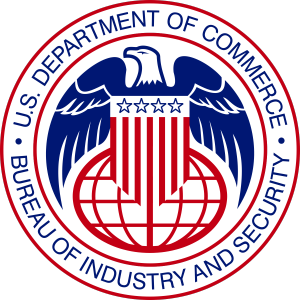Search
Published on:
New EU and UK Export Controls on Emerging Technologies
The EU has adopted new export controls on a range of emerging technologies (including quantum technologies, semiconductor manufacturing equipment, advanced computing, advanced materials and coatings for high temperature applications, additive manufacturing and certain life sciences tools), under the new “500-series” of EU-only controls.




